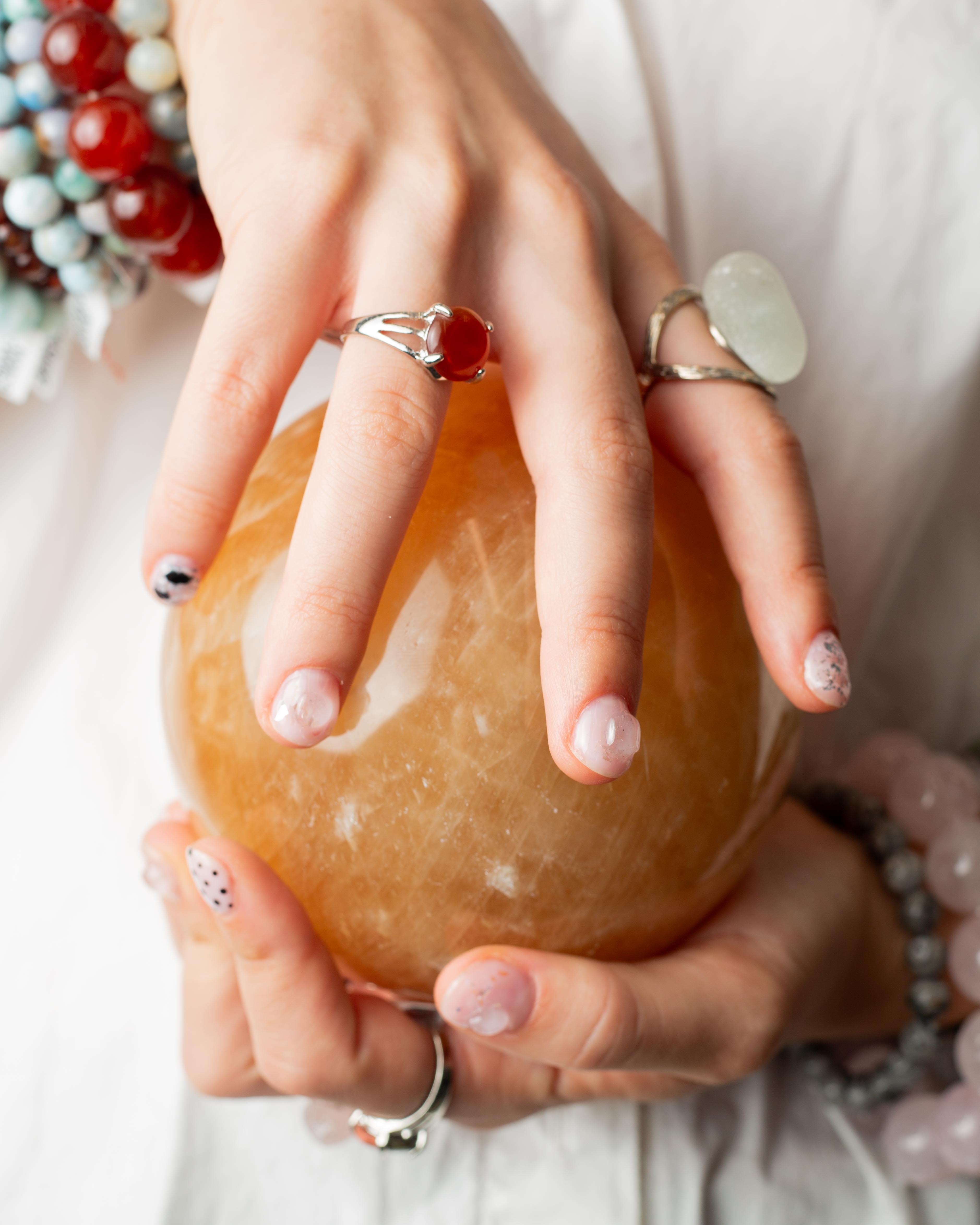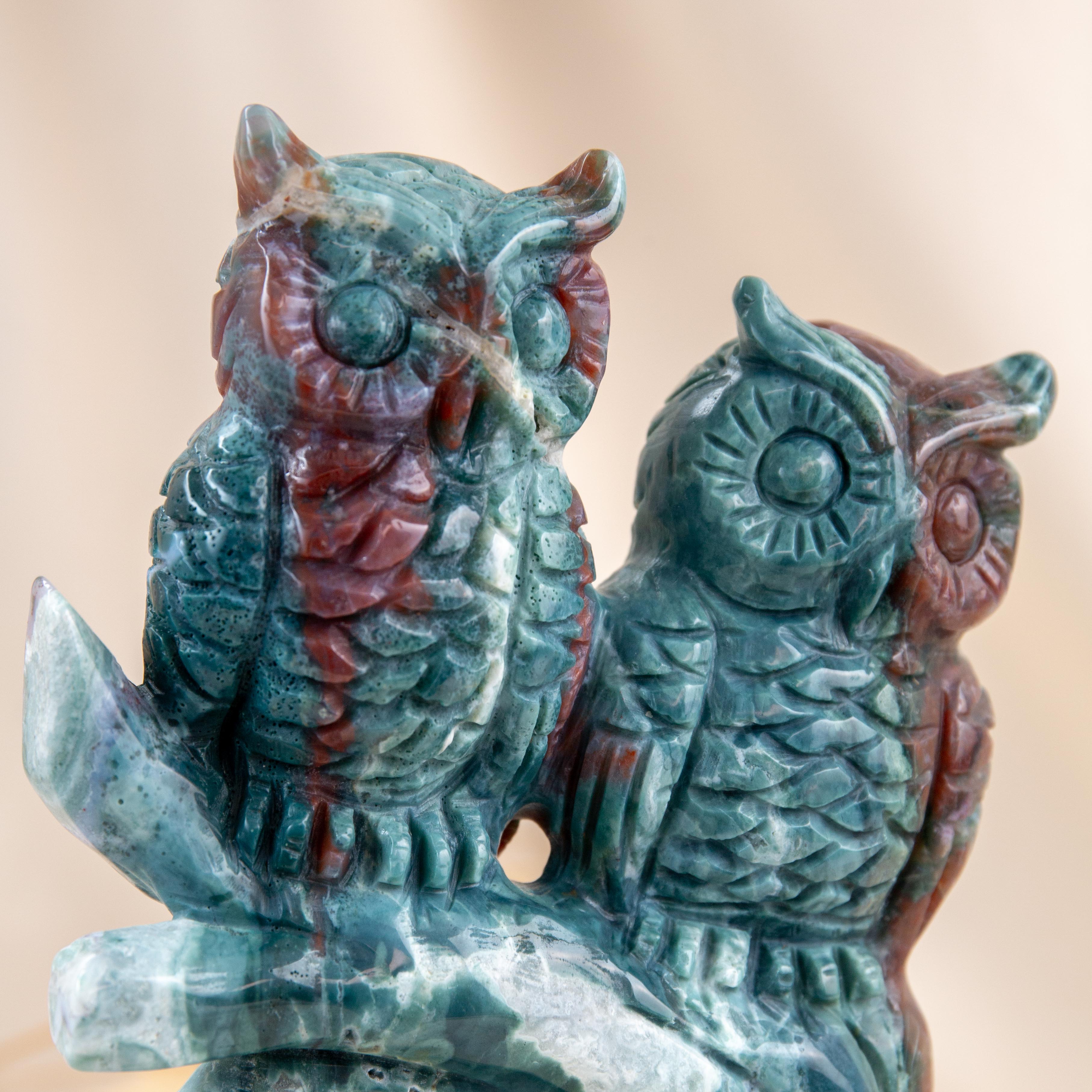
Rhodonite is a beautiful and distinctive pink to red mineral known for its striking color and its associations with love, compassion, and emotional healing. Here are some key characteristics and information about rhodonite:
-
Color: Rhodonite is known for its pink to red hues, often with black or brown veins or streaks. It can vary in shades from pale pink to deep reddish-pink.
-
Composition: Rhodonite is a manganese inosilicate mineral, with the chemical formula MnSiO3. Its distinctive pink color is due to the presence of manganese.
-
Luster: It has a vitreous to pearly luster when polished.
-
Hardness: Rhodonite has a hardness of 5.5 to 6.5 on the Mohs scale, making it relatively durable.
-
Occurrence: Rhodonite is often found in metamorphic rocks, particularly in manganese deposits and areas with manganese-rich minerals. It is also associated with minerals like rhodochrosite and pyroxenes.
-
Metaphysical and Healing Properties: Rhodonite is believed by some to have metaphysical properties related to love, compassion, and emotional healing. It is thought to promote forgiveness, reduce stress and anxiety, and encourage self-confidence. Rhodonite is associated with the heart chakra and is used for matters of the heart.
-
Jewelry Use: Rhodonite is a popular choice for creating jewelry, especially for items like rings, pendants, and earrings. Its pink and red hues are often used to make romantic and symbolic pieces.
-
Artistic and Decorative Items: Rhodonite's attractive color and attractive patterns make it a choice for decorative items, carvings, and figurines.
-
Sustainability: As with any mineral or gemstone, it's essential to consider ethical sourcing practices when purchasing rhodonite. Supporting vendors who prioritize responsible sourcing is important.
Rhodonite's striking pink to red color and its connections to love and emotional healing make it a popular choice for those who appreciate gemstones with romantic and metaphysical significance. It's not only valued for its beauty but also for its potential emotional and spiritual benefits.








